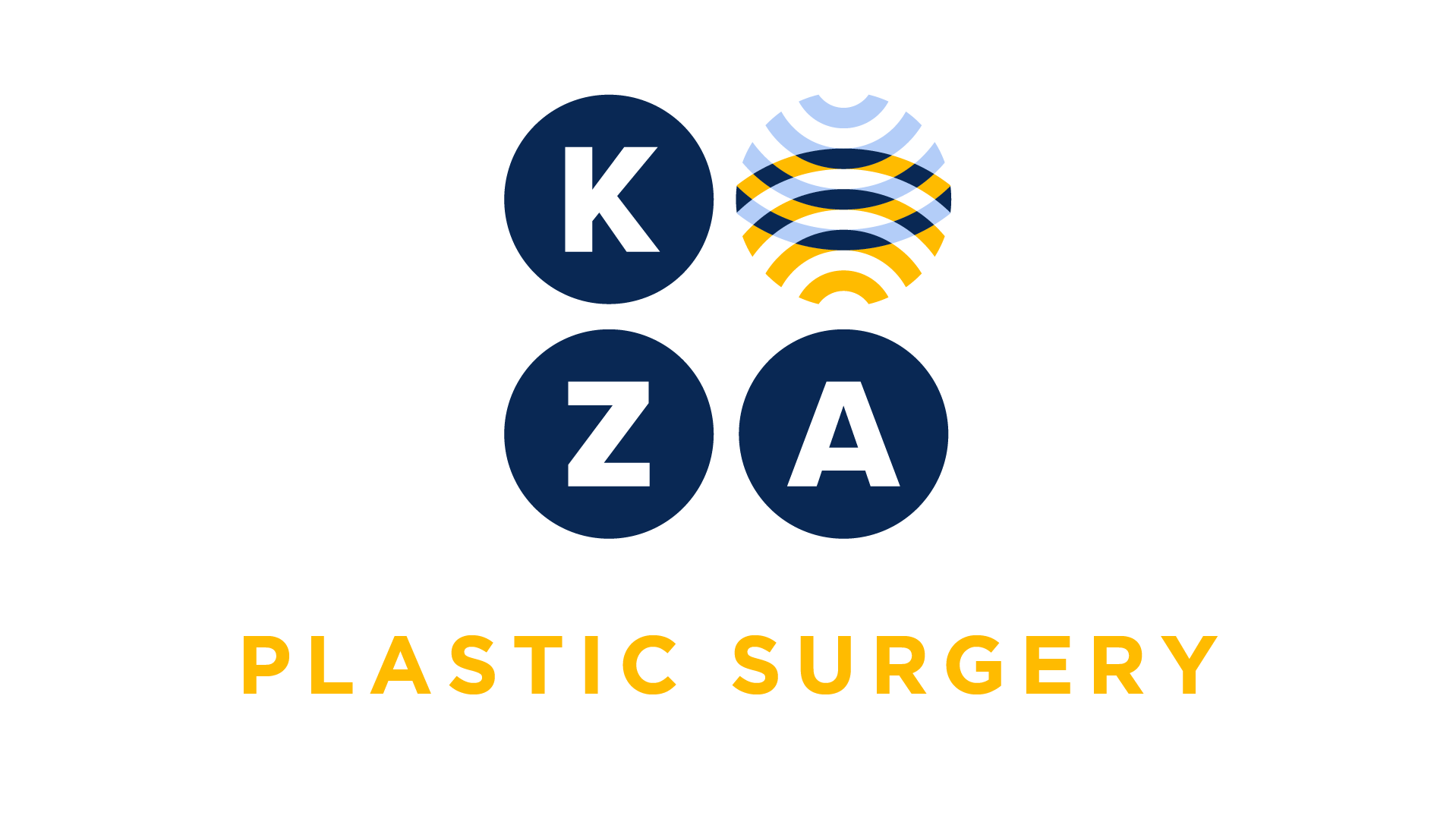
Choose your specialty from the list below to see how our experts have tackled a wide range of client questions.
Looking for something specific? Utilize our search feature by typing in a key word!
Date of Service
We are in an academic setting. Our residents will see a patient, for example, at 11 pm on Tuesday. Then on Wednesday morning our attending physician evaluates the patient, documents his/her findings, documents the required attestation, and enters an E&M code into the EHR. The date of service is the date the encounter was created by the resident on Tuesday. Do you bill the E&M service with the Tuesday date of service or the Wednesday date when the attending physician saw the patient?
Question:
We are in an academic setting. Our residents will see a patient, for example, at 11 pm on Tuesday. Then on Wednesday morning our attending physician evaluates the patient, documents his/her findings, documents the required attestation, and enters an E&M code into the EHR. The date of service is the date the encounter was created by the resident on Tuesday. Do you bill the E&M service with the Tuesday date of service or the Wednesday date when the attending physician saw the patient?
Answer:
The correct date of service is the actual date of service when the attending physician saw the patient. In this case, it will be Wednesday even if the attending physician links the note to the resident note from the previous date.
Diagnosis Coding Excludes 1 Codes
Our physicians list their diagnosis codes in the Assessment section of their notes. They link the diagnosis codes to the charges in our EHR. We receive a claims submission edit stating the two diagnosis codes may not be reported together. We review the rules and find the codes have an “Excludes 1” relationship. Our question is, should we remove the diagnosis code that is listed as the “Excludes 1” from the Assessment section of the note when correcting the claim based on the guidelines.
Question:
Our physicians list their diagnosis codes in the Assessment section of their notes. They link the diagnosis codes to the charges in our EHR. We receive a claims submission edit stating the two diagnosis codes may not be reported together. We review the rules and find the codes have an “Excludes 1” relationship. Our question is, should we remove the diagnosis code that is listed as the “Excludes 1” from the Assessment section of the note when correcting the claim based on the guidelines.
Answer:
Great news to hear you are reviewing your claims edit reports timely. But, no, do not do that. The “Excludes 1” is an ICD-10-CM coding guideline also known as a coding rule. Think of this like an NCCI edit; when CMS has an edit between 2 CPT codes, we do not change the documentation in the operative note. Rather, we report the most comprehensive of the 2 CPT codes. The “Excludes 1” guideline is a similar concept—we do not change the documentation; instead, we report the most comprehensive diagnosis code.
Documenting Assistant Surgeon
When acting as an assistant surgeon, should I dictate a separate operative note?
Question:
When acting as an assistant surgeon, should I dictate a separate operative note?
Answer:
No. In a scenario with a primary and assistant surgeon, only the primary surgical dictates the operative note. Importantly, in that note, the specific role of the assistant must be documented. This should be more specific then, Dr. Jones assisted in a complex surgery. The specific activities performed must be documented.
E&M Coding Based on Time
Our physicians’ defaults to time for almost every office encounter. We are working with them on documentation and what work contributes to total time and what does not. They perform their own independent interpretation of X-Rays (we bill globally), and performs procedures such as nasal endoscopies, debridement’s laryngoscopes etc. in the office. They are counting the total time spent with the patient, including these activities and we do not believe that is correct. Can you help?
Question:
Our physicians’ defaults to time for almost every office encounter. We are working with them on documentation and what work contributes to total time and what does not. They perform their own independent interpretation of X-Rays (we bill globally), and performs procedures such as nasal endoscopies, debridement’s laryngoscopes etc. in the office. They are counting the total time spent with the patient, including these activities and we do not believe that is correct. Can you help?
Answer:
Thank you for your inquiry. We will not address the default to time for almost every encounter other than to say medical necessity must be present for time spent. With that said, the activities you identify, because they are billable services represented by other CPT codes (aka are separately reported), do not contribute to the total time spent; this time must be deducted from the total time, assuming the E&M service is reportable.
Modifier Order on CMS Claim Form
We are submitting a hospital claim form with the modifier 25 and FS modifier. We are unsure which modifier to list first. What is your recommendation?
Question:
We are submitting a hospital claim form with the modifier 25 and FS modifier. We are unsure which modifier to list first. What is your recommendation?
Answer:
Thanks for contacting KZA and remembering to use the FS modifier for shared services provided in the hospital. KZA recommends placing the modifier 25 first, as this is considered a reimbursement modifier followed by the FS modifier, which is an informational modifier.
Coding for a Laceration Repair
I repaired a 12 cm jagged laceration of the midabdomen by undermning1cm to release the skin edges. Due to the length of the laceration and potential wound tension concerns, I closed the laceration in layers and retention sutures are used. What procedure code should I report?
Question:
I repaired a 12 cm jagged laceration of the midabdomen by undermning1cm to release the skin edges. Due to the length of the laceration and potential wound tension concerns, I closed the laceration in layers and retention sutures are used. What procedure code should I report?
Answer:
Good question. Because Undermining of tissue under skin, retention sutures constitute a complex repair. Since the defect is 12 cm you would report CPT code 13102 (complex repair of the trunk 2.6 cm to 7.5 cm) plus CPT 13102 (add on code for each additional 5 cm or less).

